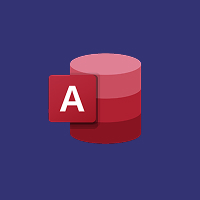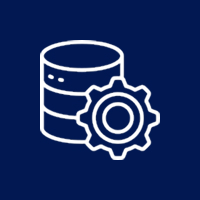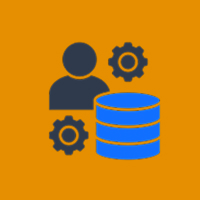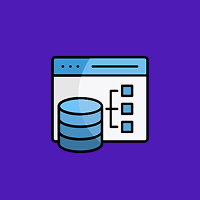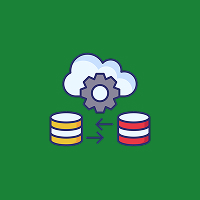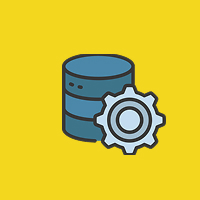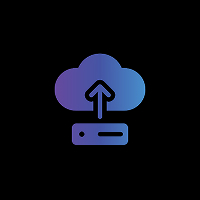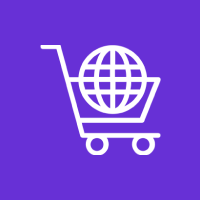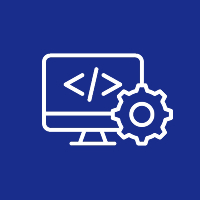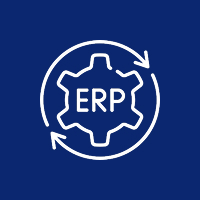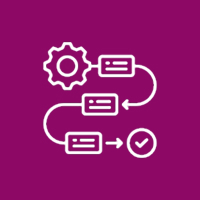Businesses today operate in a digital, multi-application, multi-platform, and multi-data source environment, meaning that individual applications, platforms, and sources, while necessary, do not represent the entirety of any given solution. Application, platform, and source integration must occur.
Cloud-driven system integration extends applications, data, and processes into the cloud, not only without the need for an organization’s specific on-premises heavy investments but also enabling the connected components to form a unified low-risk ecosystem in which information can flow freely, accurately, and securely. This doesn’t matter whether the integration is connecting on-premises legacy systems to SaaS-based solutions, or between completely separate cloud infrastructures. The cloud integration enables organizations to remain nimble, efficient, and competitive
Why Cloud-Driven Integration Matters
Cloud-driven integration enables organizations to avoid multiple challenges associated with traditional integration techniques and strategies. Traditionally, integration required costly and complex middleware or custom-coded integrations between each system, often operated in an on-premises server environment, and even less useful when concerning updates, upgrades, or new requirements for setting up redundant applications.
More organizations are moving to the cloud to remove these various blockers to integration. Cloud integration enables faster deployment, more flexibility in connecting to anything, anywhere, and less reliance on a large complex on-site infrastructure.
For example, a retail organization may integrate their e-commerce, inventory management, and customer relationship management applications together using a cloud integration. Once a customer has placed an order, all connected systems are updated simultaneously, which will improve both the speed and accuracy of fulfillment and customer satisfaction.
Main Advantages of Cloud-Enabled Systems Integration
Scalability: Cloud integration platforms can accommodate increased data usage and new systems with ease. As your business puts in new systems or expands into new market segments, cloud services allow for the introduction of new resources without significant hardware upgrades or terminations.
Low Cost: Businesses do not spend capital or operational costs on the infrastructure, installation, and onboarding. Updates and optimizations are handled by the cloud provider, allowing your IT team to devote time and resources on the development side instead.
Faster Delivery: Cloud integration solutions use pre-built connectors and APIs in order to speed up delivery; the long-life cycle of traditional integration projects are no longer a factor.
Real-time Data Sharing: Cloud integration with real-time assistance allows your teams to share data across systems and review and make data-supported decisions based on current data.
Flexible Remote Access: Your teams can access linked systems securely from anywhere; this is vital for the hybrid, home, and on-premise work environments today.
How Cloud-Driven System Integration Works
Integration Platform as a Service (iPaaS) solutions are the enabler of cloud integration. iPaaS platforms provide a complete set of cloud-based tools that give enterprises the resources necessary to design, implement, and manage integrations without requiring a lot of custom code.
The process consists of multiple phases:
- Connect: iPaaS solutions make connections through prebuilt connectors and APIs between different systems, which could be cloud applications, legacy applications, or databases.
- Transform: When data comes from other sources, it is frequently in other formats. Cloud integration platforms will transform data from all the sources into a common model that systems can understand.
- Orchestrate: Workflows and processes are what automate how data moves between systems. iPaaS platforms can, for example, automatically move and send new leads from a website form into a CRM and marketing tool.
- Monitor and Manage: Cloud integration tools provide dashboards and analytics that monitor data flows, detect errors, and make sure integrations function properly.
Commonly used scenarios for cloud based system integration
Connecting legacy systems to the cloud.
Many companies lever legacy software for foundational critical business functions. With cloud integration, companies can extend that architecture by connecting existing legacy systems to modern, cloud-hosted applications—without the fear of rip and replace.
Hybrid and multi-cloud environments.
Companies leverage public clouds, private clouds, and on-prem systems, but cloud driven integration provides a means to integrate across all those environments so data flows securely and freely.
E-commerce and customer experience.
Retailers are using cloud integration to integrate online shops, payment gateways, customer relationship management, and transportation/shipping providers to facilitate real-time updates to their durable sources of truth (e.g. current inventory, time to fulfill orders, service levels).
Finance and accounting.
Finance teams are integrating cloud-based accounting software with their enterprise resource planning systems and banking platforms for automating transactions and improving the accuracy of their reporting, not to mention compliance.
IoT and big data.
By integrating products based on the concept of cloud services, cloud integration enables IoT devices to connect with various analytics platforms, thus providing companies with the ability to continuously collect, process, and analyze large volumes of data for action.
Challenges of Cloud-Driven Integration
Cloud integration certainly has advantages, but it also has challenges:
- Security and Compliance: Handling sensitive data over the cloud can require serious security and compliance considerations.
- Data Silos: Poor planning with cloud applications can lead to new data silos even with the use of cloud tools, if your integrations aren’t considered carefully.
- Vendor Lock-In: Companies can become dependent on a cloud provider or iPaaS vendor who does not allow the flexibility you may want in the future.
- Skills Gap: Organizations may need to hire or train employees to understand how to properly design and manage their cloud integration.
Using an experienced cloud integration partner, businesses can overcome these challenges to help make a bigger impact on ROI.
The Future of Cloud-Driven Integration
As the cloud continues to grow, so do the demands for smarter, and more automated integration. Artificial Intelligence (AI) and Machine Learning are increasingly becoming a part of the automatic detection of integration mistakes, IT workflow optimization, and even the predictive detection of problems before they actual happen.
Low-code and no-code integration tools for integration enablement is also gaining traction, allowing business teams (not just IT) to develop, implement and manage integrations faster.
The future of cloud-driven integration is about to get more complicated. Edge computing, 5G, and the explosion of IoT devices will put additional pressure on companies to connect more systems in a timely manner. Cloud-driven integration will still be the foundation that keeps these connected ecosystem running!
Final Thoughts
Cloud-driven system integration is no longer a nice-to-have — it’s a must for businesses that want to stay flexible, efficient, and competitive. By connecting systems through the cloud, companies can break down barriers, gain real-time insights, and deliver better experiences for customers and employees alike.
If you’re planning to modernize your IT infrastructure, adopting cloud integration might be the smartest step you can take to future-proof your business.
Contact Us Today



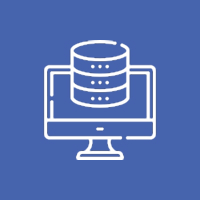









 Database Development
Database Development




